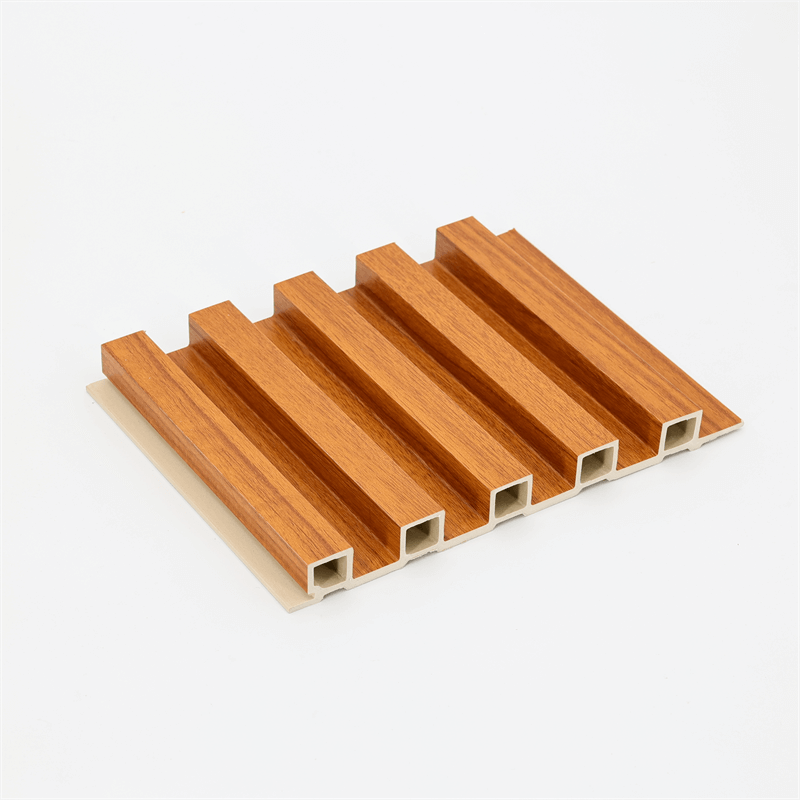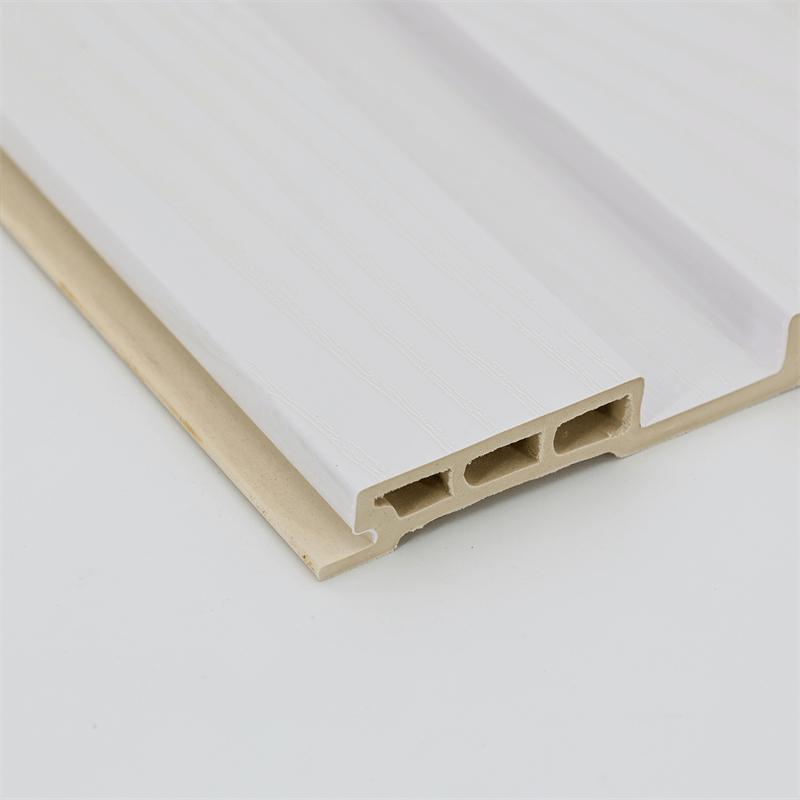
In the design of interior spaces, acoustic performance plays a crucial role in creating comfortable and functional environments.
Wood-Plastic Composite (WPC) wall panels offer excellent acoustic properties, making them an ideal choice for sound control in various settings.
This essay explores the benefits of WPC wall panels in terms of their ability to enhance acoustic performance, control sound transmission, reduce reverberation, and create pleasant and quiet spaces.
I. Enhancing Acoustic Performance:
WPC wall panels contribute to the enhancement of acoustic performance in interior spaces.
This section discusses the advantages of WPC panels in terms of their ability to improve sound quality and speech intelligibility:
- Sound Absorption: WPC panels are designed with sound-absorbing materials, such as foam or fabric layers, that help reduce sound reflections. The porous nature of these materials allows them to absorb sound energy, preventing excessive reverberation and echo. By incorporating sound-absorbing WPC panels, interior spaces can achieve a more balanced and pleasant acoustic environment.
- Noise Reduction Coefficient (NRC): WPC panels are rated with a Noise Reduction Coefficient (NRC) that indicates their effectiveness in absorbing sound. Higher NRC values indicate better sound absorption properties. WPC panels with higher NRC ratings can significantly reduce noise levels, creating quieter and more comfortable spaces for occupants.
- Speech Intelligibility: WPC wall panels can enhance speech intelligibility by reducing background noise and minimizing sound distortion. By absorbing excessive reverberation and controlling sound reflections, WPC panels improve the clarity and intelligibility of speech, particularly in areas where effective communication is essential, such as conference rooms, classrooms, or auditoriums.
II. Sound Transmission Control:
WPC wall panels offer effective sound transmission control, preventing the transfer of sound between different spaces.
This section explores the benefits of WPC panels in terms of their ability to minimize sound leakage and maintain privacy:
- Sound Insulation: WPC panels provide sound insulation properties that help reduce sound transmission through walls and partitions. The dense composition of WPC panels, combined with their insulation layers, acts as a barrier, preventing the passage of sound waves. This sound insulation capability ensures privacy and reduces disturbances between adjacent rooms or areas.
- Privacy and Confidentiality: In spaces where confidentiality is crucial, such as offices or medical facilities, WPC wall panels can contribute to maintaining privacy. By minimizing sound transmission, these panels prevent conversations or sensitive information from being overheard, creating a secure and confidential environment.
- Impact Noise Reduction: WPC panels also help reduce impact noise, which is caused by footsteps or objects striking the surface. The sound-absorbing properties of WPC panels absorb impact noise, preventing it from being transmitted to adjacent spaces or floors. This impact noise reduction enhances the overall acoustic comfort and tranquility of the environment.
III. Reverberation Control:
WPC wall panels effectively control reverberation, improving the acoustic quality of interior spaces.
This section discusses the benefits of WPC panels in terms of reverberation control:
- Reverberation Time: Reverberation time refers to the duration it takes for sound to decay by 60 dB after the sound source has stopped. Excessive reverberation can lead to poor sound clarity and intelligibility. WPC panels with sound-absorbing properties help reduce reverberation, ensuring that sound decays quickly and creating a more acoustically comfortable environment.
- Balanced Acoustics: WPC panels allow for the adjustment of room acoustics by controlling the amount of sound absorption. By strategically placing WPC panels in specific areas, the reverberation characteristics of a space can be fine-tuned, ensuring a balanced and optimized acoustic environment. This control over reverberation allows for the customization of sound qualities to suit different purposes, such as music performance or speech presentations.
- Elimination of Echo: Echoes occur when sound waves bounce off hard surfaces, resulting in overlapping and distorted sound. WPC wall panels with sound-absorbing properties minimize echo by absorbing sound energy, preventing excessive reflections. By eliminating echoes, WPC panels create a more comfortable and enjoyable auditory experience for occupants.
IV. Aesthetics and Design Integration:
WPC wall panels offer versatility in design and aesthetics while providing excellent acoustic performance.
This section highlights the benefits of WPC panels in terms of their aesthetic appeal and integration into different design schemes:
- Design Options: WPC panels are available in a variety of colors, textures, and patterns, allowing for creative design choices. Architects and designers can select WPC panels that complement the overall aesthetic vision of the space, integrating them seamlessly into the interior design scheme.
- Customization: WPC panels can be customized to meet specific design requirements, such as size, shape, or surface finish. This customization option enables the creation of unique and visually appealing wall treatments while maintaining excellent acoustic performance.
- Integration with Other Materials: WPC wall panels can be easily integrated with other materials, such as glass, metal, or wood, to create visually striking and acoustically optimized interior spaces. The versatility of WPC panels allows for innovative design solutions that combine aesthetics and functionality.
WPC wall panels offer significant advantages in terms of acoustic performance and sound control.
Their ability to enhance acoustic quality, control sound transmission, reduce reverberation, and provide aesthetic flexibility makes them an excellent choice for various interior spaces.
By incorporating WPC panels, architects and designers can create comfortable, functional, and aesthetically pleasing environments that prioritize acoustic comfort and enhance the overall user experience.


